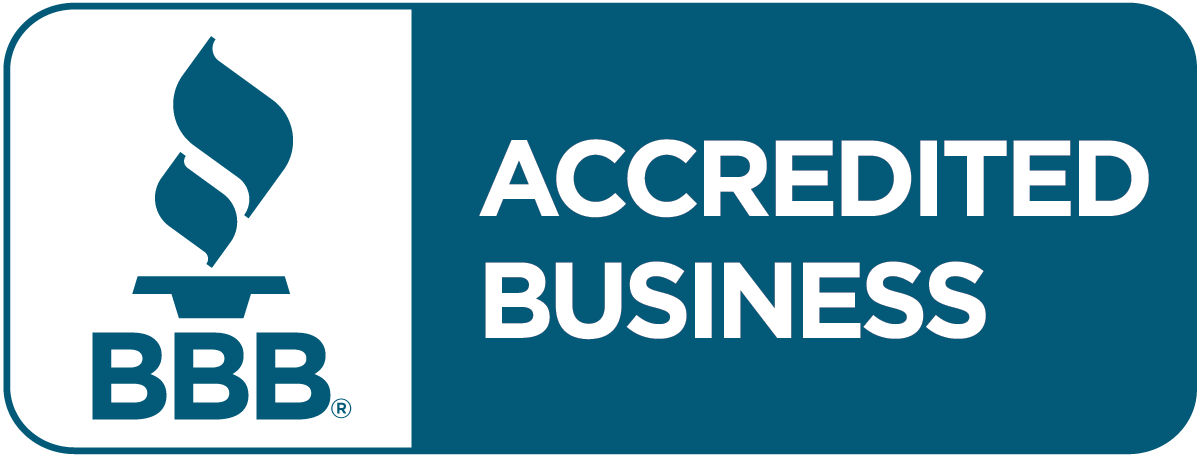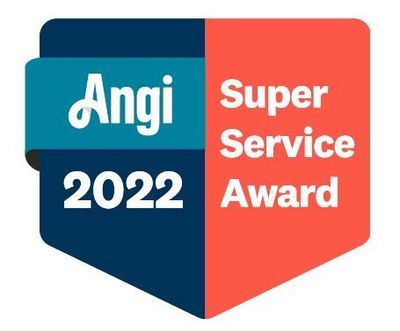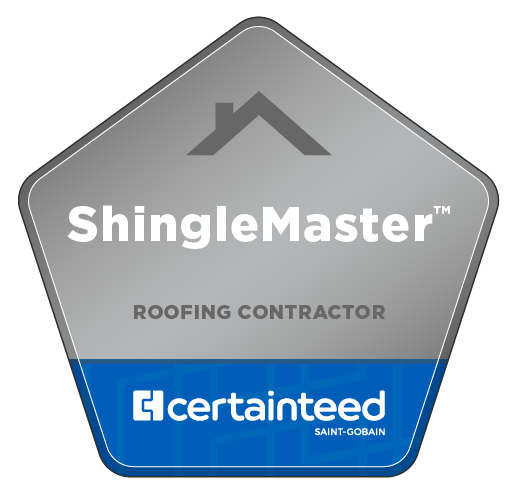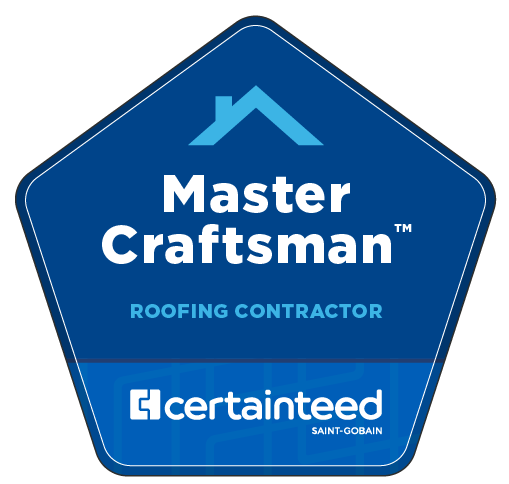Dark Streaks on Your Roof?
WHY ARE THERE DARK STREAKS ON YOUR ROOF?
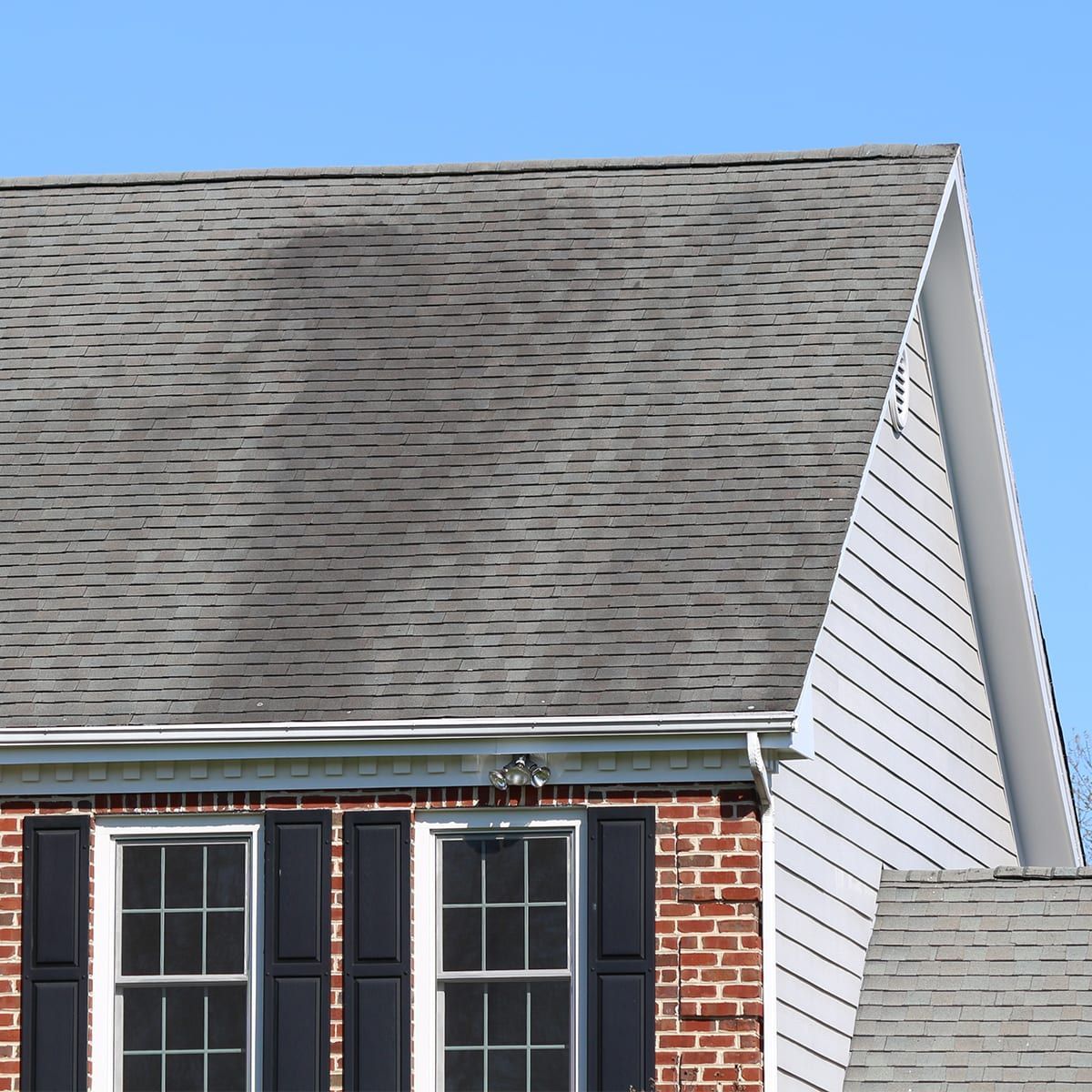
Algae Growth on Asphalt Shingles Algae growth may cause discoloration on roofs resulting in brown or black streaks on a rooftop.
Algae may be mistaken for soot, dirt, or tree droppings, most of which typically produce only localized discoloration.
Dark streaks, or roof discoloration caused by algae, happens in varying degrees across the U.S., especially in areas exposed to warm, humid conditions. It is most widespread in the eastern United States and is commonly found on roofs with northern exposure.
The primary species of algae that tends to collect and grow on roofs is called cyanobacteria Gloeocapsa magma algae, which is contained in and transported through the air.
Green algae (typically green in appearance) or moss sometimes found on roofs with northern exposure, overhangs or high moisture areas, is not the same species.
Can You Remove Dark Streaks, or Algae Discoloration, from an Asphalt Roof?
Algae discoloration can be difficult to remove, but may be lightened by spraying a diluted solution of chlorine bleach and water on the roof.
Disclaimer:When deciding to clean your roof we recommend you consult a licensed/certified roofing professional. If you decide to clean your roof yourself, please keep in mind that the roof will be slippery when wet and caution should be taken when performing this task. Wear appropriate fall protection when on the roof and proper PPE, such as slip-resistant shoes/boots and eye protection while cleaning the roof.
How to Lighten Dark Streaks, or Algae Discoloration, on an Asphalt Roof
- Prior to applying the solution, all ground vegetation directly under the roof should be covered.
- Solution should be a mixture of one gallon each of bleach and water (1:1).
- This solution should be sprayed on the roof and left untouched for approximately 10 – 20 minutes.
- Do not scrub or use high-pressure power washing equipment. This will loosen and remove granules, thereby shortening the life of the roof covering.
- After approximately 10 – 20 minutes, the roof should be sprayed with water, taking care to thoroughly flush the roof and the greenery around the home (grass, bushes and shrubs).
- When algae growth is extensive the cleaning process may need to be repeated. This technique is typically temporary, and the discoloration may recur.
How Does Algae Affect the Performance of Asphalt Shingles?
Owens Corning has not seen evidence that algae deposits affect the performance of asphalt shingles. Algae, or streaking, is more of an aesthetic problem and may impact the look or curb appeal of your home.
What Are Algae Resistant (AR) Shingles?
Asphalt shingles with algae-resistant mineral granules remain the most effective solution available for reducing cyanobacteria Gloeocapsa magma algae growth described above. These products incorporate metals, such as copper-lined mineral granules, to reduce algae growth.
Experts realized that metals, such as copper, have algae-inhibiting properties after noticing that algae staining was reduced or did not exist beneath metal vents or flashing on a roof.
Owens Corning offers a complete line of algae-resistant asphalt shingles* that feature StreakGuard® Protection, an algae-inhibiting technology to help reduce algae growth.
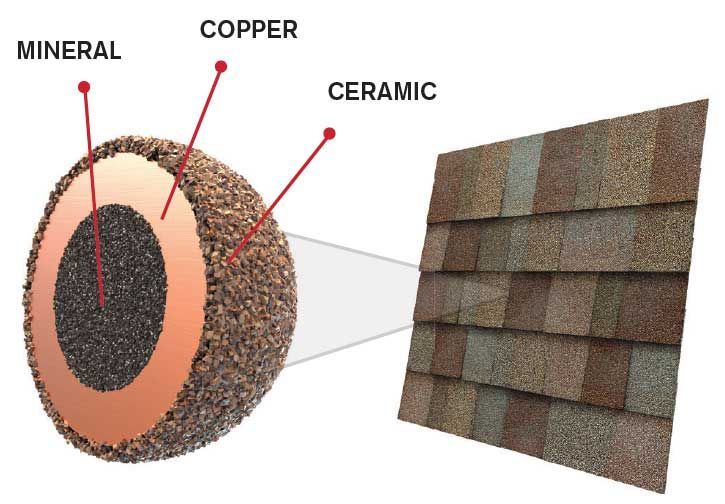
Pictured above: Owens Corning Roofing StreakGuard® algae-inhibiting technology
These products do not address green algae (typically green in appearance) or moss sometimes found on roofs with northern exposure, overhangs or high moisture areas.
This blog post is based on our Technical Bulletin, Algae Growth on Asphalt Shingles. *Only available in certain regions. Browse Owens Corning Roofing shingles available in your area
Source:
Owens Corning
Contact Ohio Exteriors Today for Your Home Renovation Needs
If you want top-quality products and uncompromising customer service, make Ohio Exteriors your trusted Columbus contractor today. Call us at
(614) 683-2267 or submit our online request form for more information.

